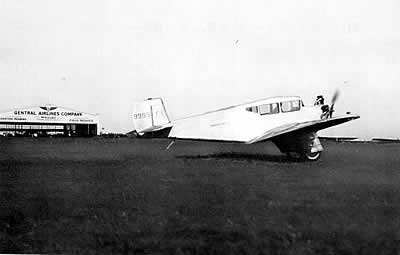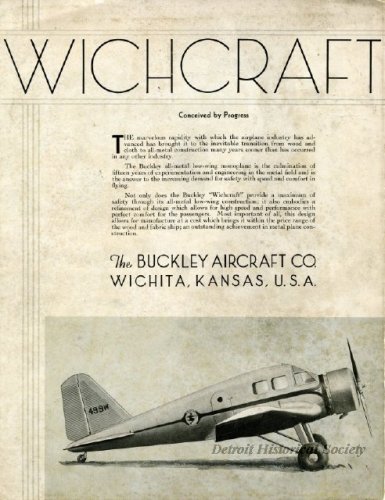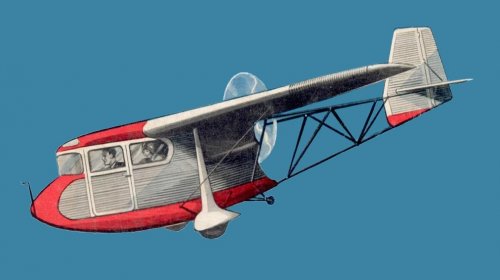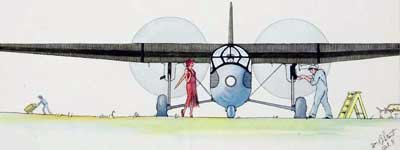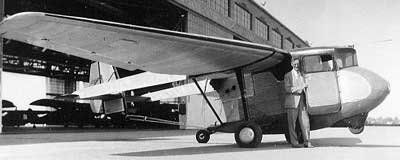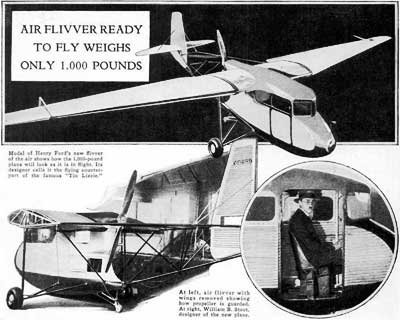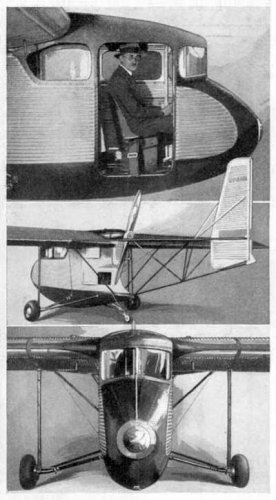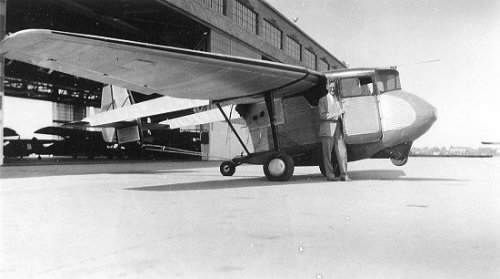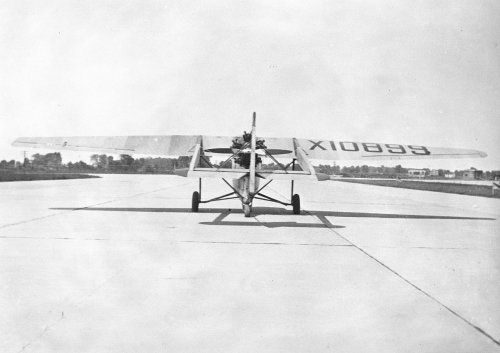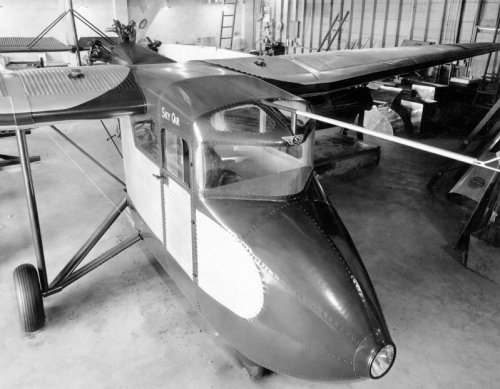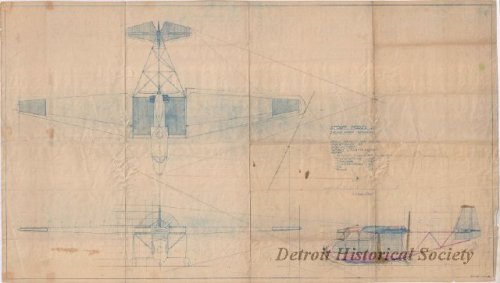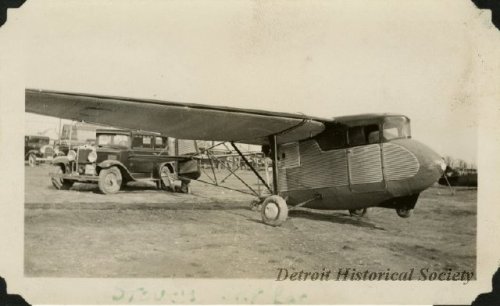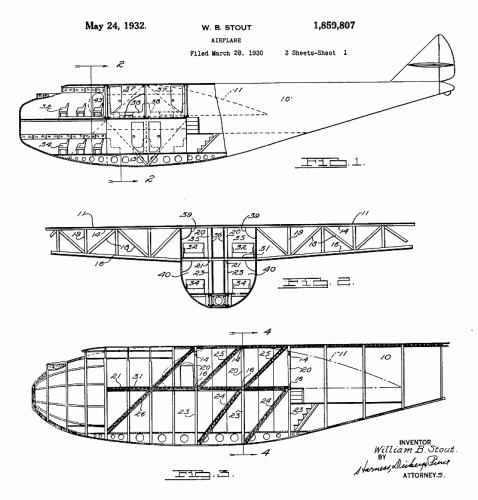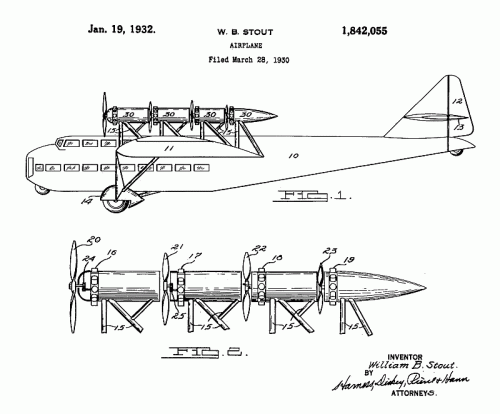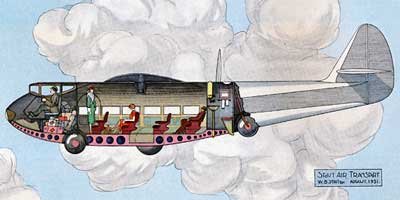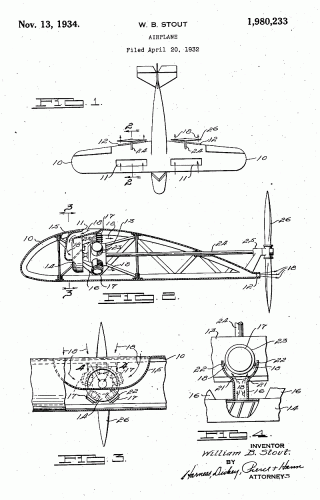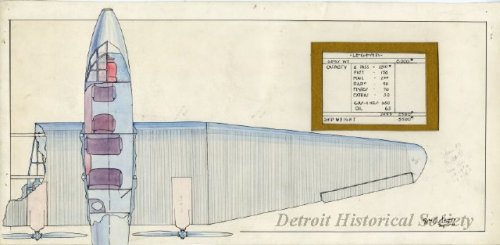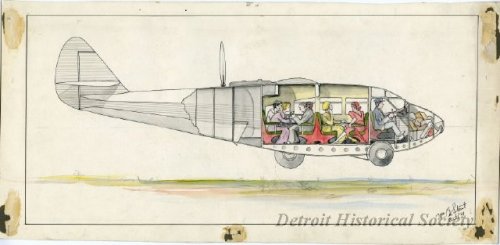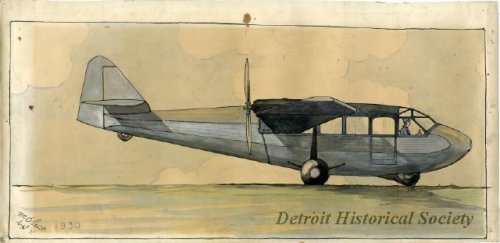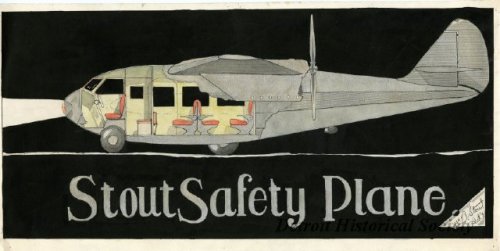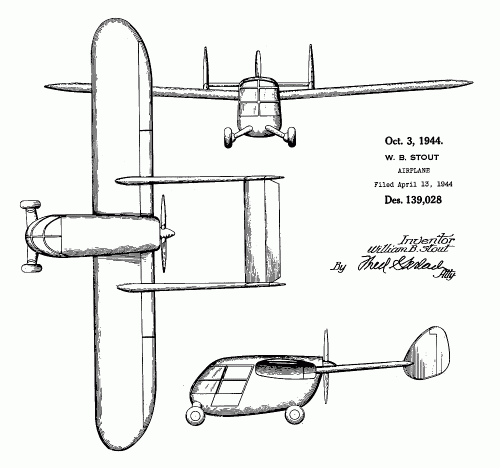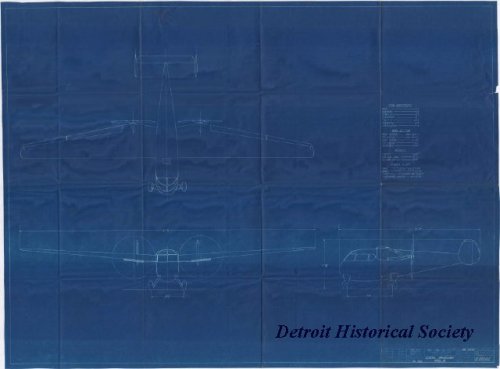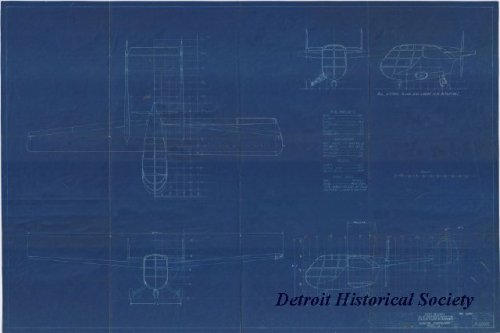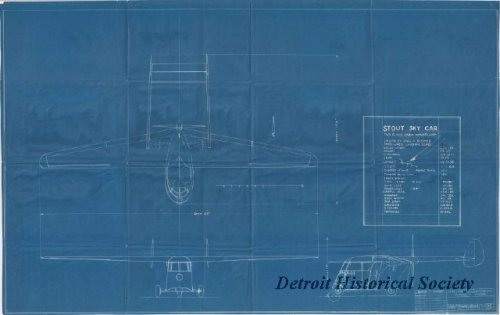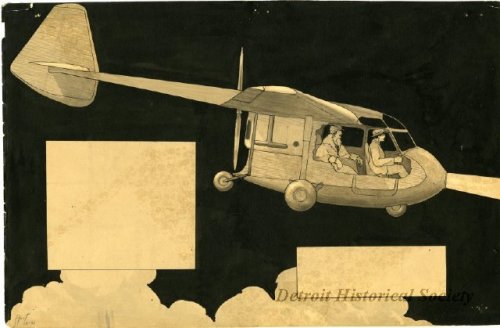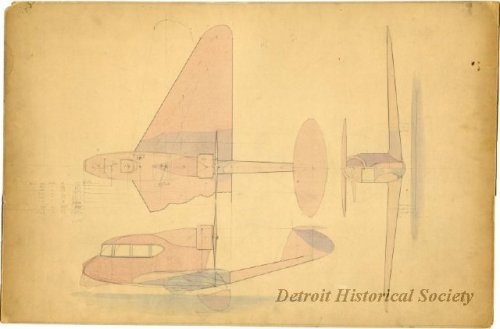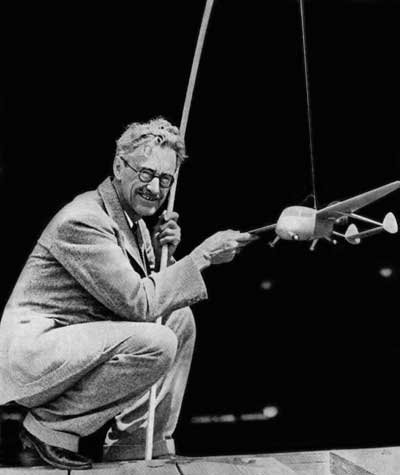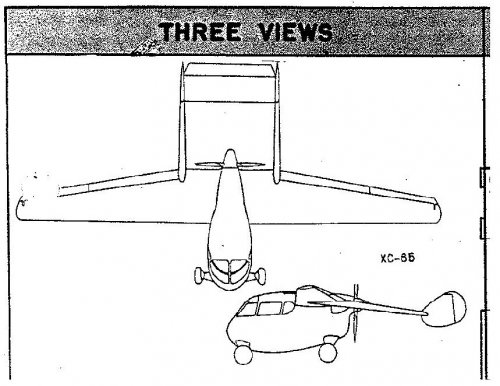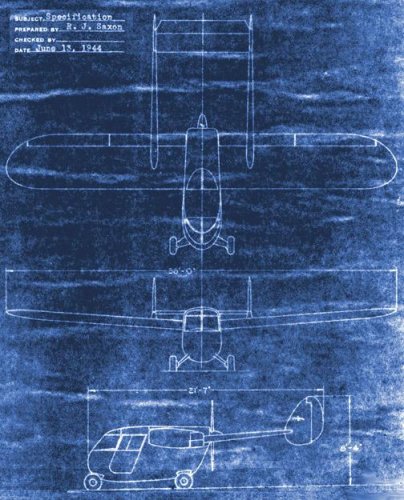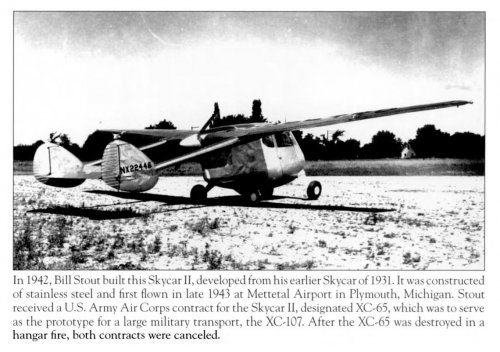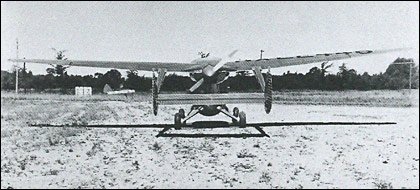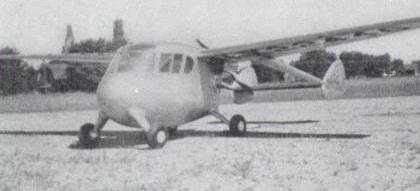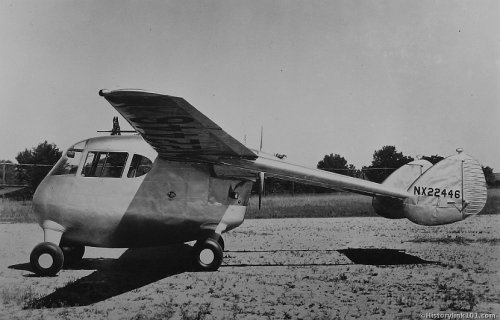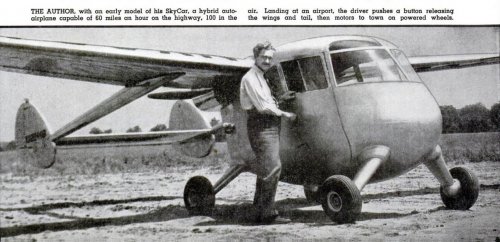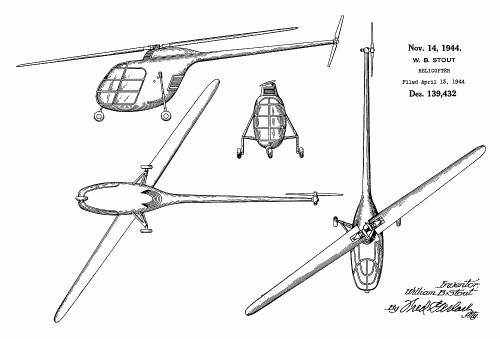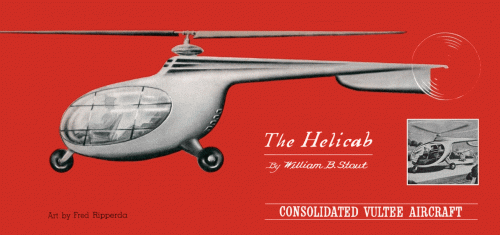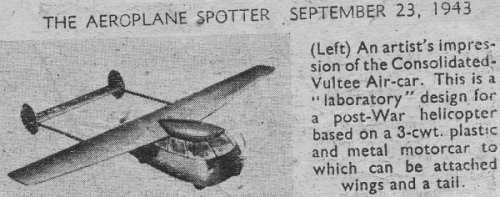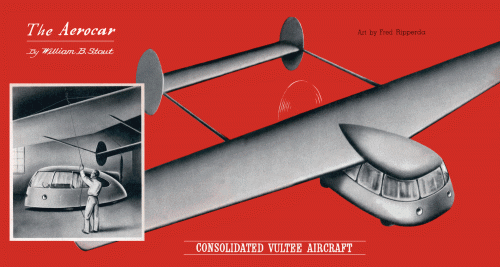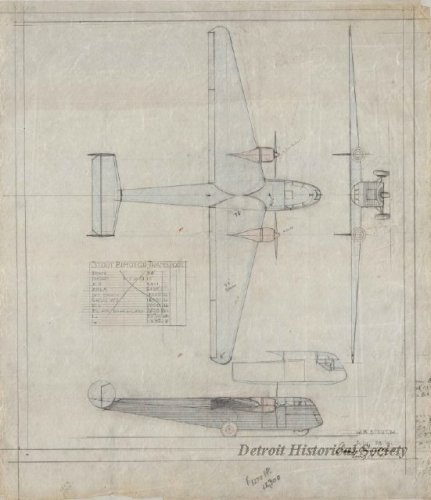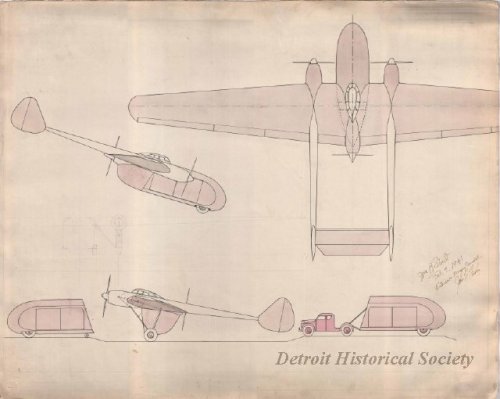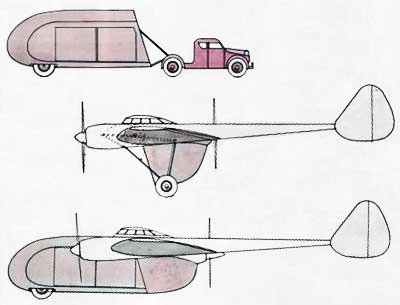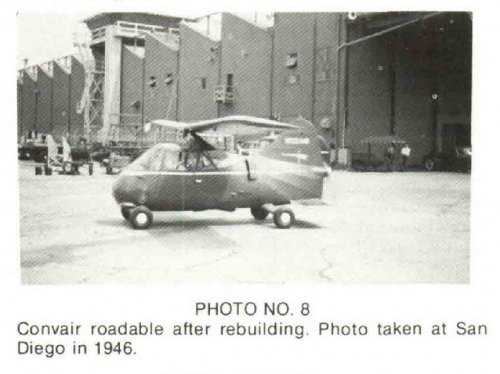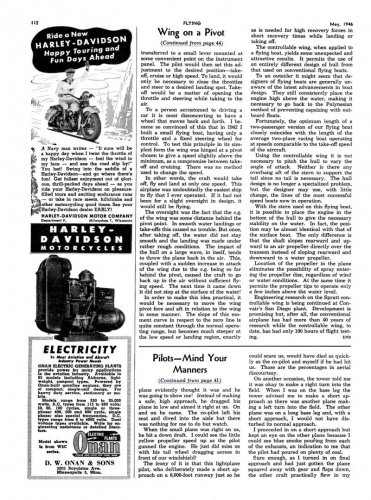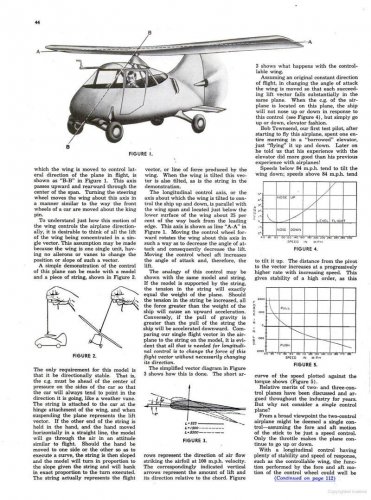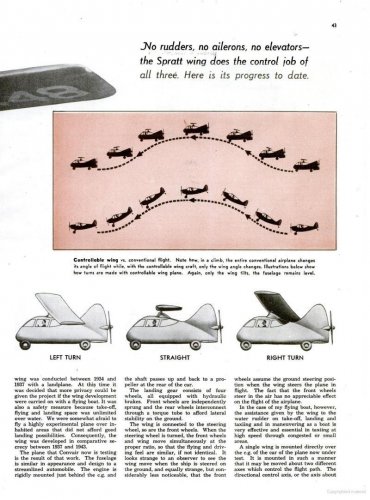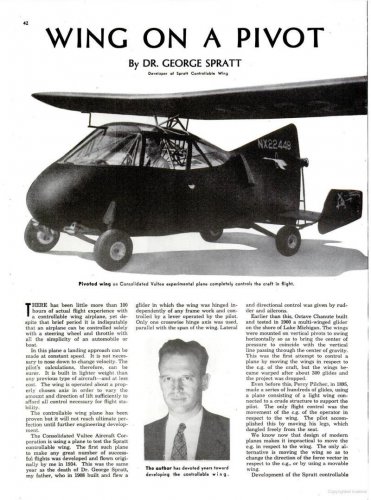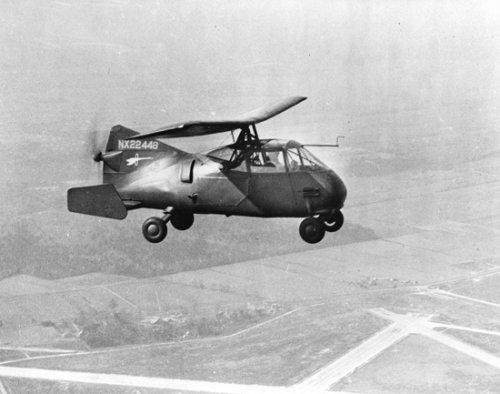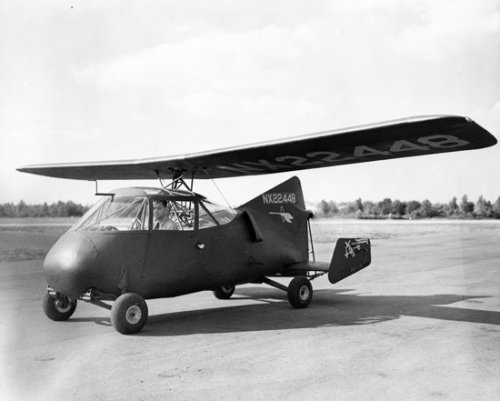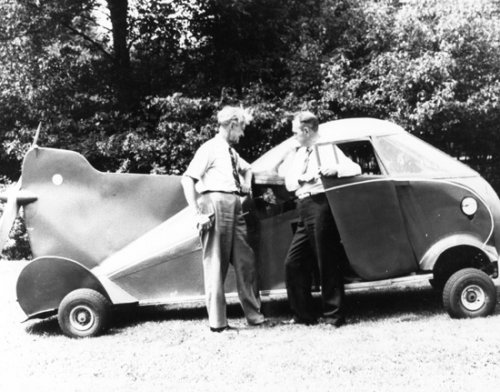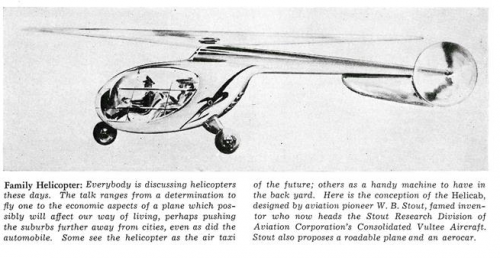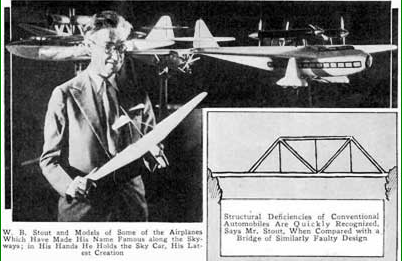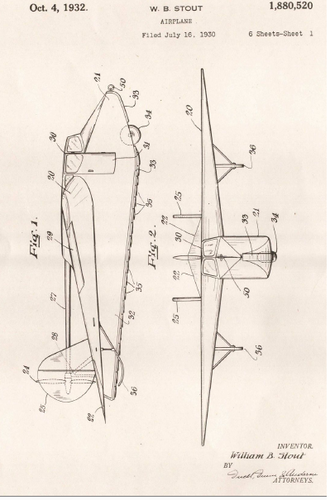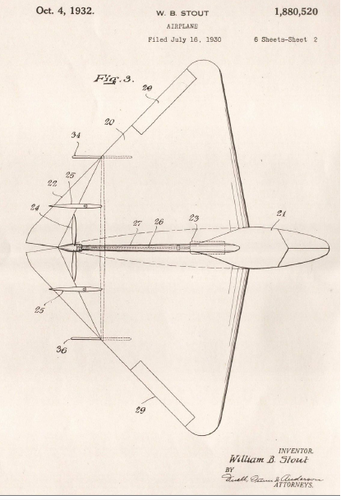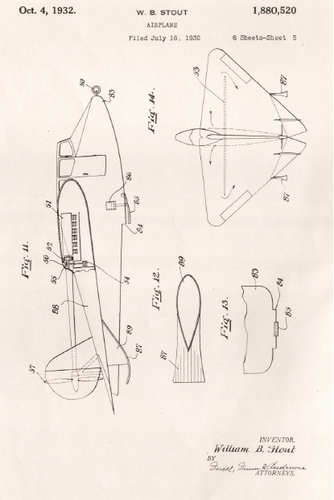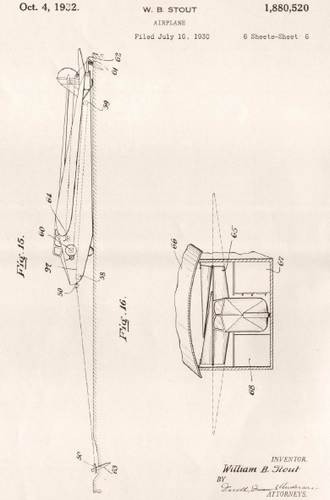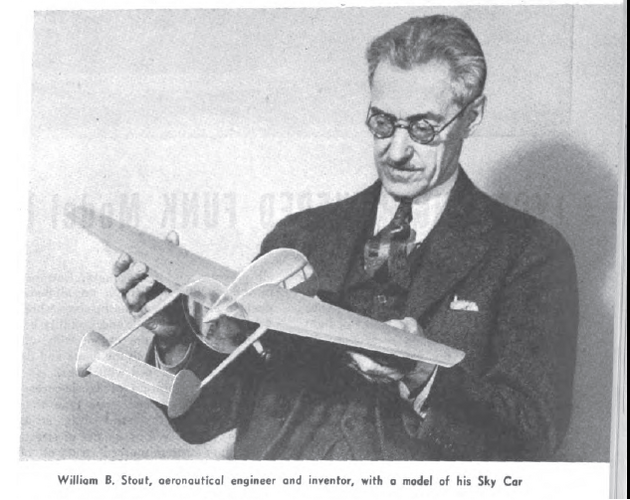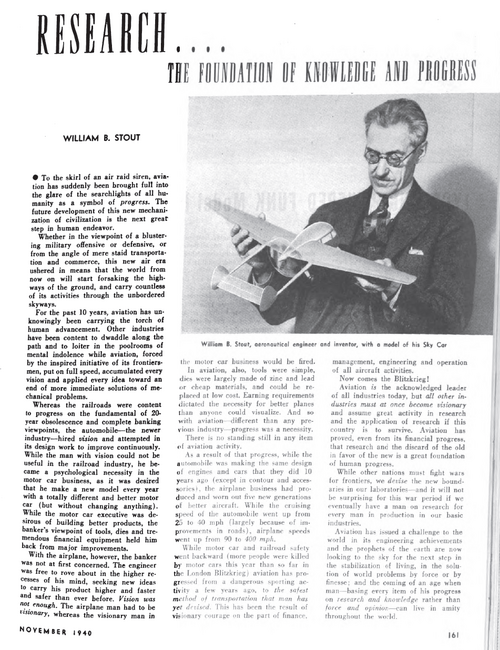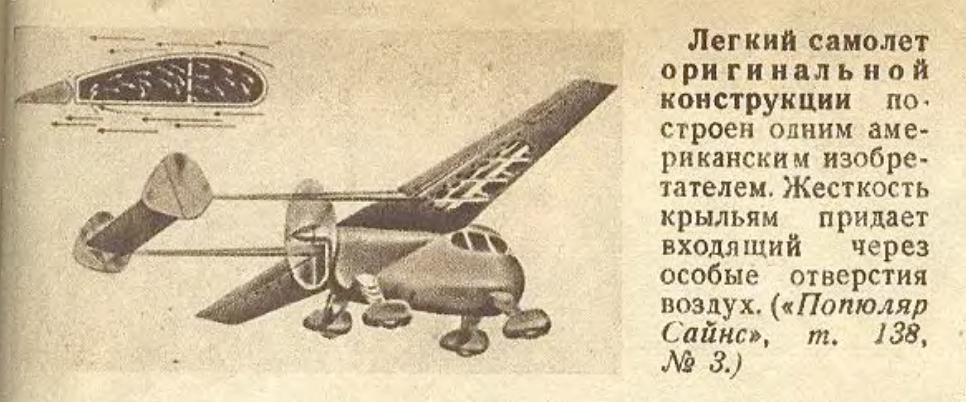- Joined
- 25 June 2009
- Messages
- 14,753
- Reaction score
- 6,147
The name William Bushnell ("Bill") Stout is most often associated with Ford, but in fact the Stout Metal Airplane Co. was started in 1922, prior to Ford's involvement, producing the ST-1 Torpedo for the U. S. Navy (which already has a topic) and the Model 1-AS Air Sedan, with George Prudden as chief engineer/co-designer (earlier projects and prototypes are covered in yet another separate topic).
When the ST-1 contract folded, however, Stout, facing bankruptcy, solicited financial support. This came from a group of Detroit area businessmen including auto manufacturers Roy Chapin (Hudson), Walter Chrysler, Barney Everitt (Rickenbacker), Fred Fisher (Fisher Body), Henry Ford (via Edsel Ford), Charles F. Kettering (GMC), Alvin McCauley (Packard), and Ransom E. Olds (Reo). In 1924, Henry Ford became the major backer in Stout's operations, and within a year, the Stout Metal Airplane Co. had become a division of Ford Motor Co.
A fateful fire destroyed several Models 2-AT and the sole 3-AT. Ford sent Stout on a nationwide tour to promote the company's aviation activity (and presumably reassure financial backers); but with Stout away, Ford elected to assign Tom Towle and Otto Koppen to the design of a replacement airliner as quickly as possible. When Stout returned, the project was already well on its way, and became the Wright-powered Model 4-AT and Wasp-powered 5-AT Trimotors, in which Stout had no involvement (despite the fact it is often associated with him).
By 1929, Stout had virtually no involvement left in the company which he had created but that had gradually slipped from his hands. Even the Stout Air Lines name had been replaced, and all aircraft now sported the name Ford. As of 1929, Stout revived his Stout Engineering Laboratories and started looking for new outlets for his creative juices. He collaborated with the Wichita, Kansas-based Buckley Aircraft Co., designing two all-metal aircraft for them, the two-seat FC-1 in 1929, and the four-seat LC-4 Wichcraft (no "t") in 1930, the latter obtaning a contract with Yellow Air Cab Co. for 200 planes, though in the end only one was built (this was sold to Northrop and allegedly scrapped).
When the ST-1 contract folded, however, Stout, facing bankruptcy, solicited financial support. This came from a group of Detroit area businessmen including auto manufacturers Roy Chapin (Hudson), Walter Chrysler, Barney Everitt (Rickenbacker), Fred Fisher (Fisher Body), Henry Ford (via Edsel Ford), Charles F. Kettering (GMC), Alvin McCauley (Packard), and Ransom E. Olds (Reo). In 1924, Henry Ford became the major backer in Stout's operations, and within a year, the Stout Metal Airplane Co. had become a division of Ford Motor Co.
A fateful fire destroyed several Models 2-AT and the sole 3-AT. Ford sent Stout on a nationwide tour to promote the company's aviation activity (and presumably reassure financial backers); but with Stout away, Ford elected to assign Tom Towle and Otto Koppen to the design of a replacement airliner as quickly as possible. When Stout returned, the project was already well on its way, and became the Wright-powered Model 4-AT and Wasp-powered 5-AT Trimotors, in which Stout had no involvement (despite the fact it is often associated with him).
By 1929, Stout had virtually no involvement left in the company which he had created but that had gradually slipped from his hands. Even the Stout Air Lines name had been replaced, and all aircraft now sported the name Ford. As of 1929, Stout revived his Stout Engineering Laboratories and started looking for new outlets for his creative juices. He collaborated with the Wichita, Kansas-based Buckley Aircraft Co., designing two all-metal aircraft for them, the two-seat FC-1 in 1929, and the four-seat LC-4 Wichcraft (no "t") in 1930, the latter obtaning a contract with Yellow Air Cab Co. for 200 planes, though in the end only one was built (this was sold to Northrop and allegedly scrapped).

